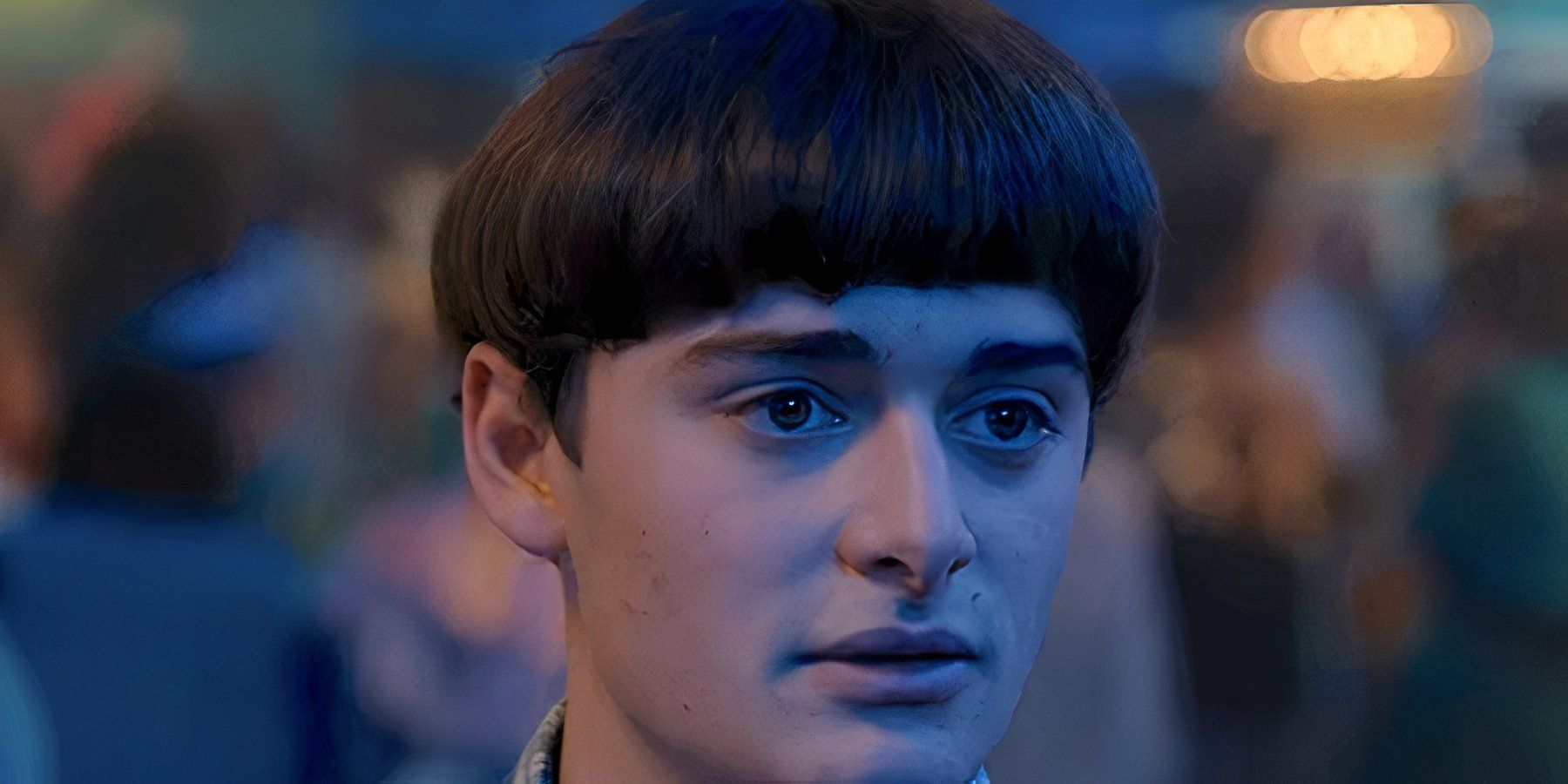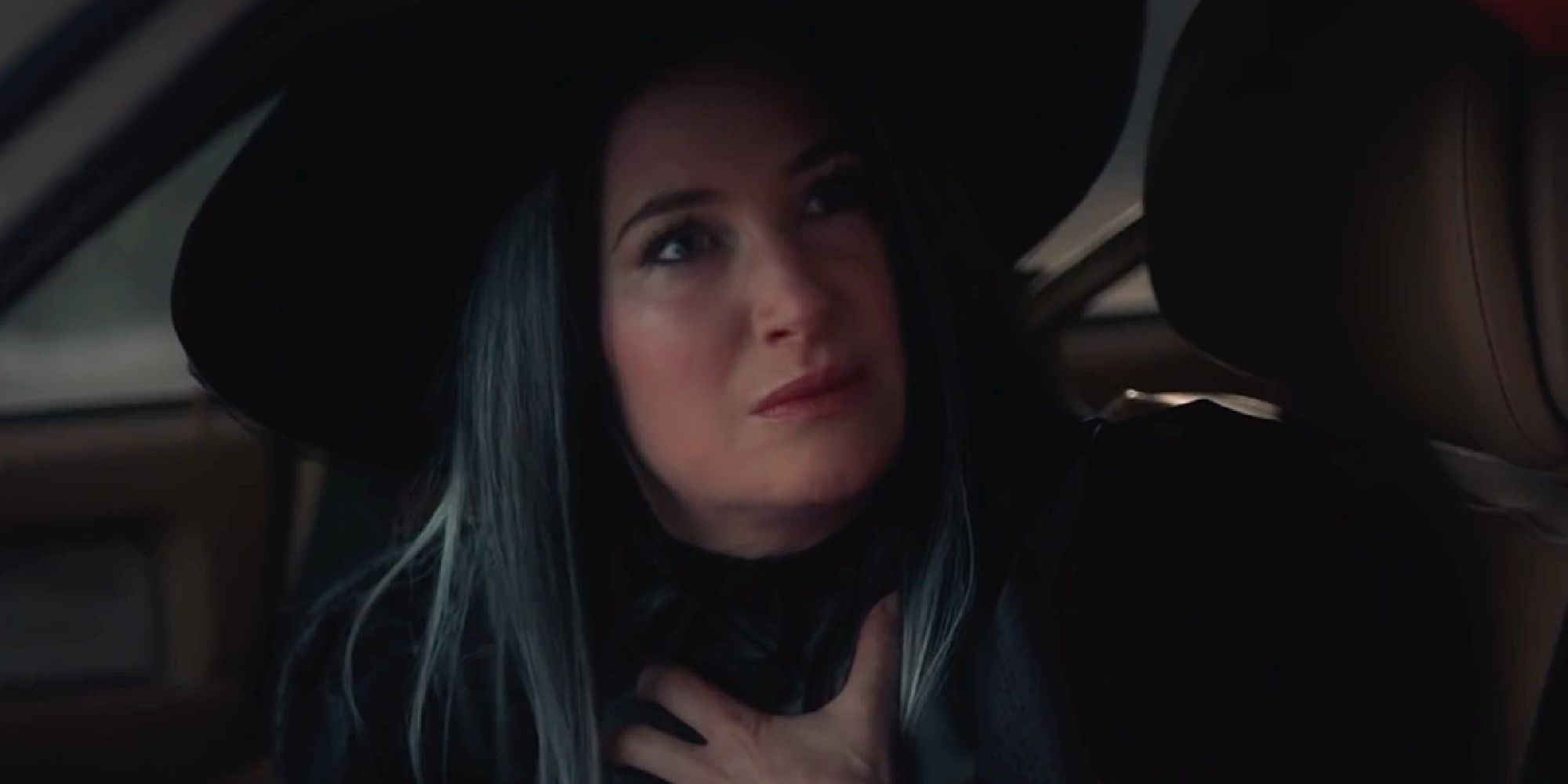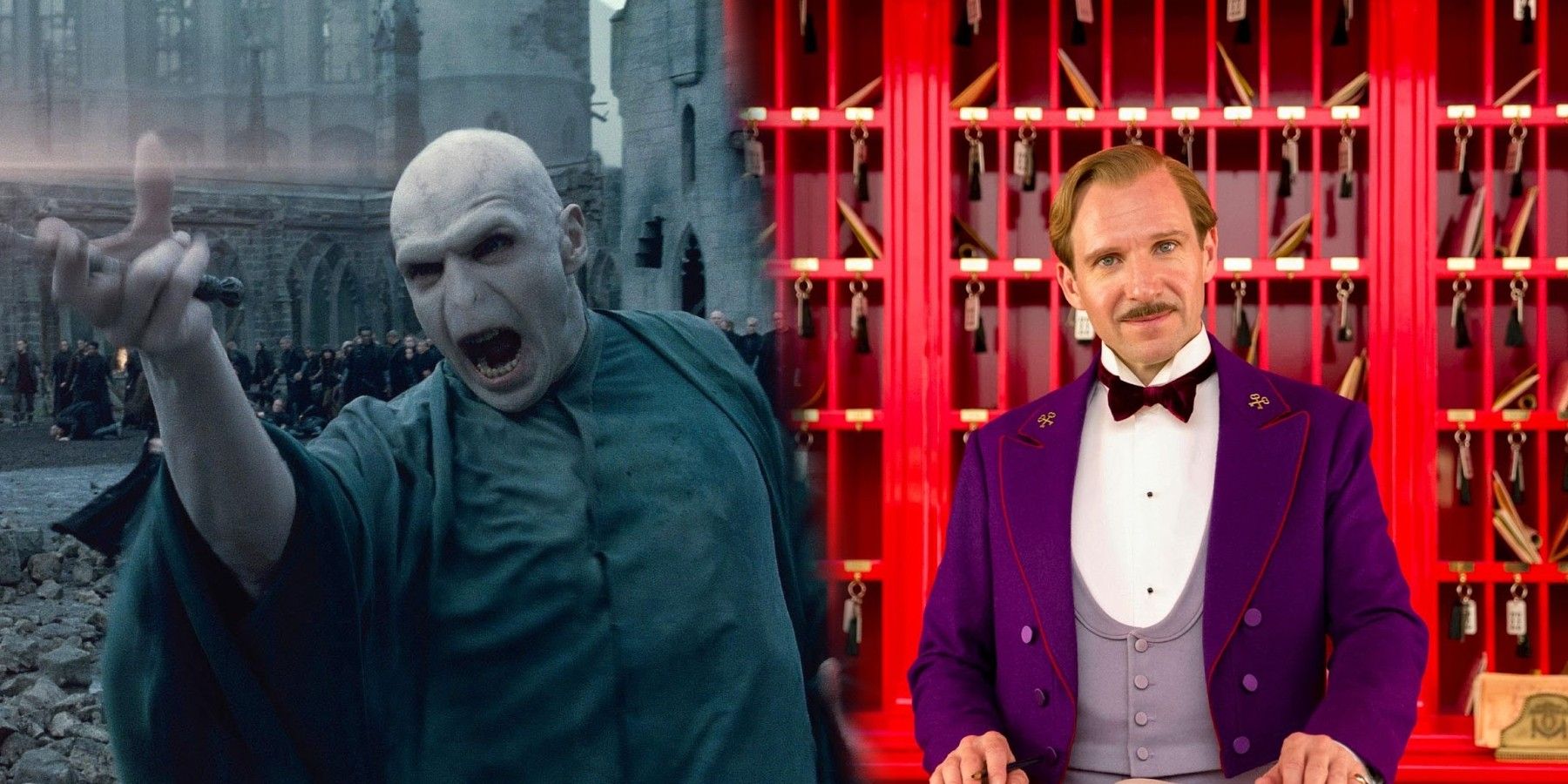As Harry Potter proves, movie magic has advanced to levels far beyond what anybody could have imagined back when the medium first saw its inception. It's one thing to move from silent films to "talkies" or to make King Kong look like he's a big boy. But true progress comes when filmmakers are able to make completely mind-boggling effects that have no purpose other than being really funny to look at.
That's where Corridor Digital comes in. They've essentially made it their mission statement to see how strange and surreal they can get with their visual effects expertise, purely for the sake of entertainment. Rather than the bloody task of making Spider-Man R-rated, this time they've elected to do something a little more family-friendly. But first, one has to ask a very important question: What if eminent English actor Ralph Fiennes was actually, literally Lord Voldemort from Harry Potter?
If that was the case, then every movie that starred Fiennes would actually star the decidedly less face-heavy evil wizard. Based entirely on that hypothetical scenario, the team at Corridor Digital went to work painstakingly editing footage of Fiennes from his various films over the years in order to make it seem as though Lord Voldemort himself was the one appearing in those roles. While the idea may sound easy enough, it was more complicated than just running the footage through some deepfake software and calling it a day.
The Corridor Crew accomplished this task through a number of methods. Taking footage from a GQ interview with Fiennes, the team split up to work on their preferred effects and ultimately decide which worked better in each scenario. One group chose to use the aforementioned deepfake technology, which essentially uses artificial intelligence to swap out someone's face in video footage. Even though that technology itself has made incredible leaps in just a few years, it's not perfect. The VFX artists themselves acknowledged this, pointing out variables like different lighting and colors. This also included the unexpectedly hilarious discovery that Lord Voldemort never blinks, leading the artists to manually reintroduce Fiennes' regular eyes into the footage just for the blinking shots. Talk about dedication.
Meanwhile, the other side of the crew took a slightly less technologically advanced approach, electing to use a still-impressive piece of software to manually edit Fiennes' face in the footage. The software is surprisingly versatile, even allowing for one team member to amusingly add newly-minted Pokemon trainer Post Malone's face tattoos on top of Voldemort's face, which was already on top of Fiennes' face. The end result looked surprisingly authentic, and it even let them keep Fiennes' mustache on top of Voldemort's noseless face in edited footage from Wes Anderson's Grand Budapest Hotel.
The final product is super impressive, almost seamlessly superimposing Voldemort's face over that of Fiennes in films like the aforementioned Grand Budapest Hotel and even Schindler's List. Corridor Digital has a penchant for fully explaining their process in an educational and easy-to-understand format, such as how something as small as the shadow of Fiennes' nose was a big hurdle to overcome. So this video doubles as both entertainment and knowledge. Schoolhouse Rock has influenced the world greatly, it seems.
Harry Potter 20th Anniversary: Return to Hogwarts is now available on HBO Max.
Source: Corridor Crew/YouTube



